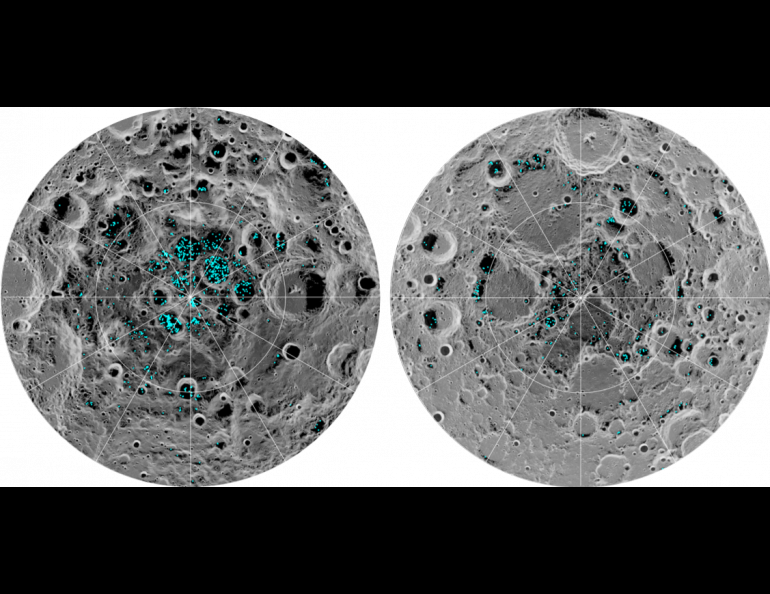
Hydrogen and oxygen ions escaping from Earth’s upper atmosphere and combining on the moon could be one of the sources of the known lunar water and ice, according to new research by University of Alaska Fairbanks Geophysical Institute scientists.
The work led by UAF Geophysical Institute associate research professor Gunther Kletetschka adds to a growing body of research about water at the moon’s north and south poles.
Finding water is key to NASA’s Artemis project, the planned long-term human presence o...
Read More







Recent Comments